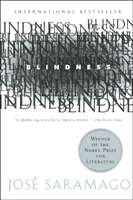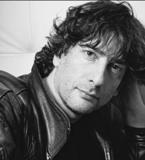 My reading theme for vacation last week was catching up with books being adapted into films. Neil Gaiman’s dark fantasy for youth is called Coraline
My reading theme for vacation last week was catching up with books being adapted into films. Neil Gaiman’s dark fantasy for youth is called Coraline, and it tells the tale of a girl who stumbles upon a terrifying nightmare world right next to her own in the last couple of weeks of summer vacation. Think back to your childhood; think back on your summer vacation. For many, the last couple of weeks in August herald a transition time. The summer is starting to get a little boring, and while your mind was once occupied with exploring, playing, dreaming, now thoughts turn excitedly toward school. Such is the case with Coraline. Her parents don’t have time to keep her entertained, and while the eccentric tenants who live in the other parts of her building provide curious diversions, they aren’t quite enough. One day Coraline discovers that the door in the study which usually opens to a blank brick wall now opens to a long, dark tunnel. What else is there to do in the dog days of summer but explore the tunnel?
What Coraline finds is a strange world where her other-mother and other-father live. The eccentric tenants are represented as well, as is the aloof, black cat that lives out in the yard. The people are interesting, but a little off-kilter, and instead of eyes, black buttons stare unblinkingly form their faces. For the better part of a day, Coraline enjoys exploring this new, strange world, but when it comes time to leave, Gaiman’s fable takes a decidedly dark turn. In the days leading up to school, Coraline must fight for her soul, the souls of the children who have come before her and the lives and souls of her parents.
Gaiman spins a tale reminiscent of the fairy tales of youth. There is something safe and comforting about them even as the plucky heroine faces chilling and very-real danger. Here’s hoping Coraline makes for a good film-adaptation, and since it is animated, the visuals will surely have a huge impact on its success. The film is currently in post-production and is scheduled for release next year. It will feature the voice of Dakota Fanning as Coraline, Teri Hatcher as her mother (and her other-mother), and the brilliant Dawn French and Jennifer Saunders as two of the neighbors. This is a quick read, and I highly recommend it.



